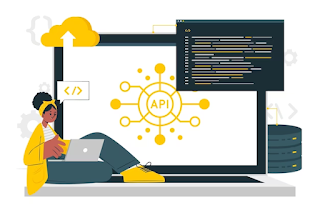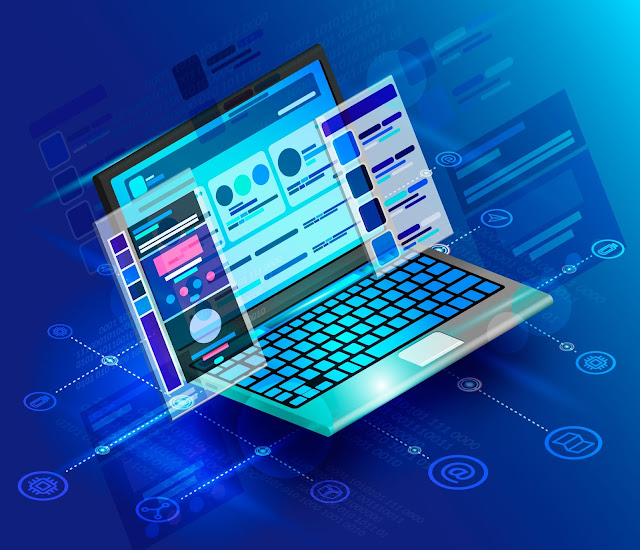Python vs IoT: The Perfect Duo for Smart Innovations
The world of technology is constantly evolving, and one of the most ground breaking advancements in recent years has been the Internet of Things (IoT). IoT refers to the network of interconnected physical devices, vehicles, appliances, and even buildings, that are embedded with sensors, software, and network connectivity, enabling them to collect and exchange data. While IoT offers immense possibilities for smart innovations, it requires robust programming languages to bring these ideas to life. In this blog post, we will explore why Python, a leading Python development company, is the perfect match for IoT projects and how this dynamic duo is driving the future of connected devices.
1. Python: A Versatile Language:
Python, known for its simplicity and readability, has gained significant popularity over the years. It's an open-source programming language that offers a wide range of libraries and frameworks, making it a versatile choice for various applications. From web development to data analysis, Python has proven its worth in numerous domains. When it comes to IoT, Python's flexibility and ease of use become even more apparent.
2. Easy to Learn and Use:
One of the main advantages of using Python for IoT projects is its gentle learning curve. Python's syntax is straightforward and human-readable, making it an ideal language for beginners and experienced programmers alike. Its simplicity enables developers to quickly grasp the language and start building IoT applications without extensive training or experience.
3. Extensive Libraries and Frameworks:
Python boasts a rich ecosystem of libraries and frameworks specifically designed for IoT development. Libraries such as Adafruit CircuitPython, PySerial, and Requests make it seamless to interface with different IoT devices and sensors. Additionally, frameworks like Flask and Django allow developers to create robust and scalable web interfaces for IoT applications. These libraries and frameworks simplify the development process and accelerate the deployment of IoT projects.
4. Interoperability and Compatibility:
IoT projects often involve connecting multiple devices and platforms, requiring seamless interoperability. Python's compatibility with various operating systems, such as Linux, macOS, and Windows, makes it an excellent choice for developing IoT applications that can run on a wide range of devices. Moreover, Python integrates well with other programming languages, enabling developers to leverage existing codebases and seamlessly connect different components of an IoT ecosystem.
5. Data Handling and Analysis:
Data is at the core of IoT applications, and Python excels in data handling and analysis. With libraries like Pandas and NumPy, Python simplifies data manipulation, cleansing, and statistical analysis. This is particularly useful when dealing with large volumes of sensor data generated by IoT devices. The ability to quickly process and analyze data empowers developers to extract meaningful insights and make informed decisions.
Conclusion:
As the Internet of Things continues to revolutionize the way we interact with technology, choosing the right programming language is crucial. Python's simplicity, versatility, and extensive libraries make it a perfect fit for IoT development. At our Python web development company, we harness Python's power to effortlessly create smart and connected innovations, whether it's building smart homes, optimizing industrial processes, or creating intelligent transportation systems. So, why not dive into the world of Python and IoT and unlock the endless possibilities of the connected future?




Comments
Post a Comment